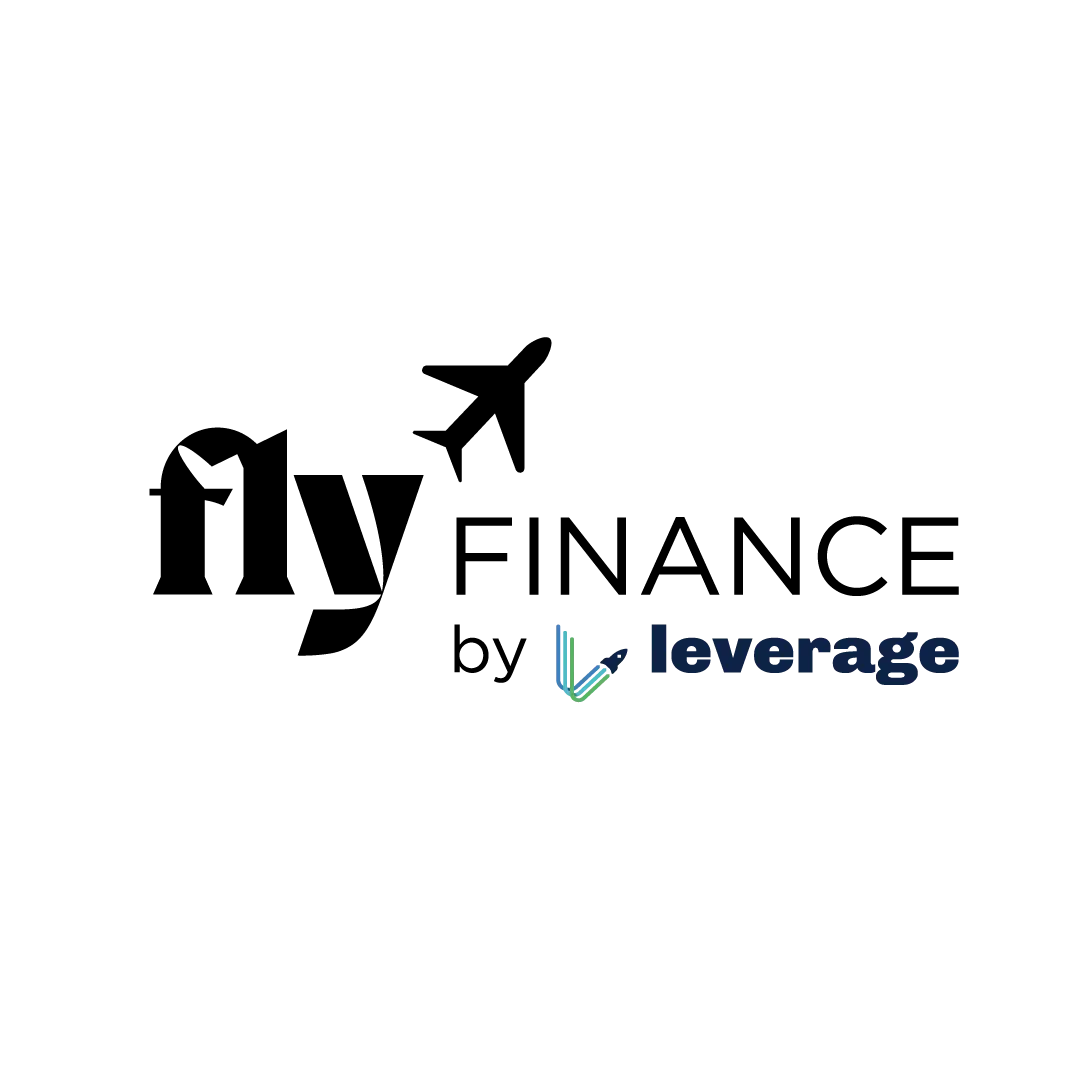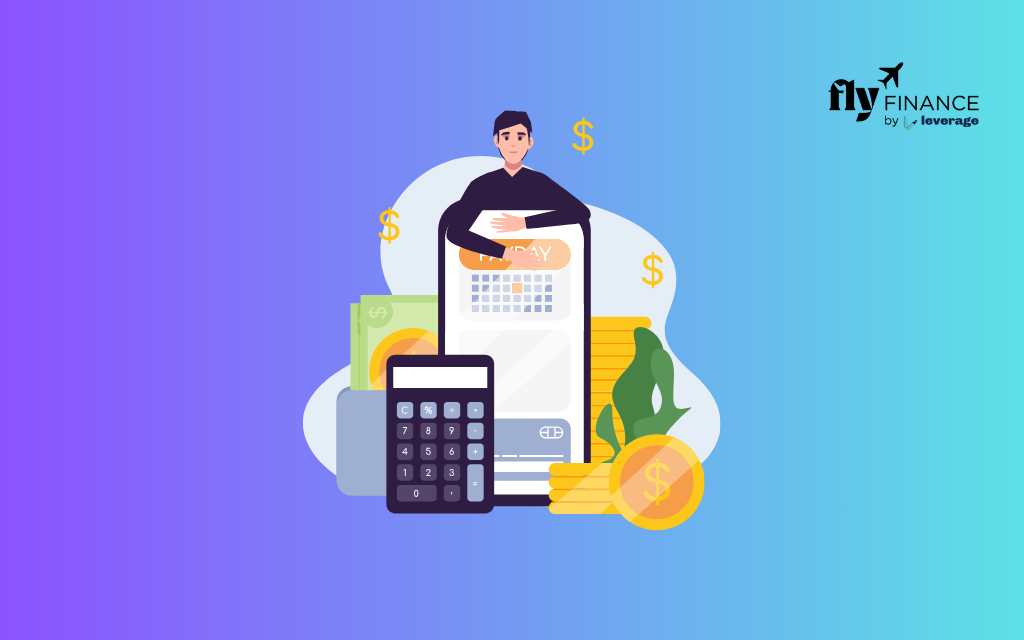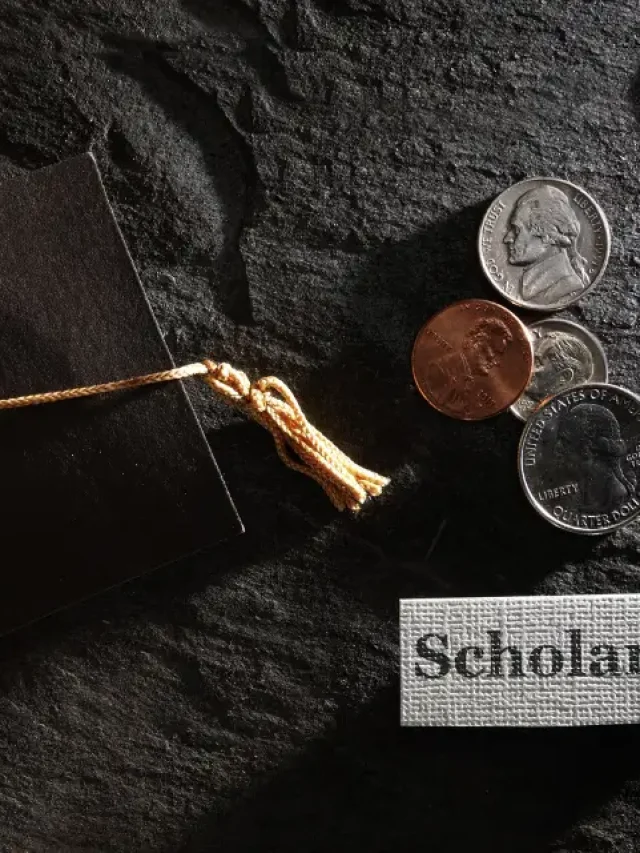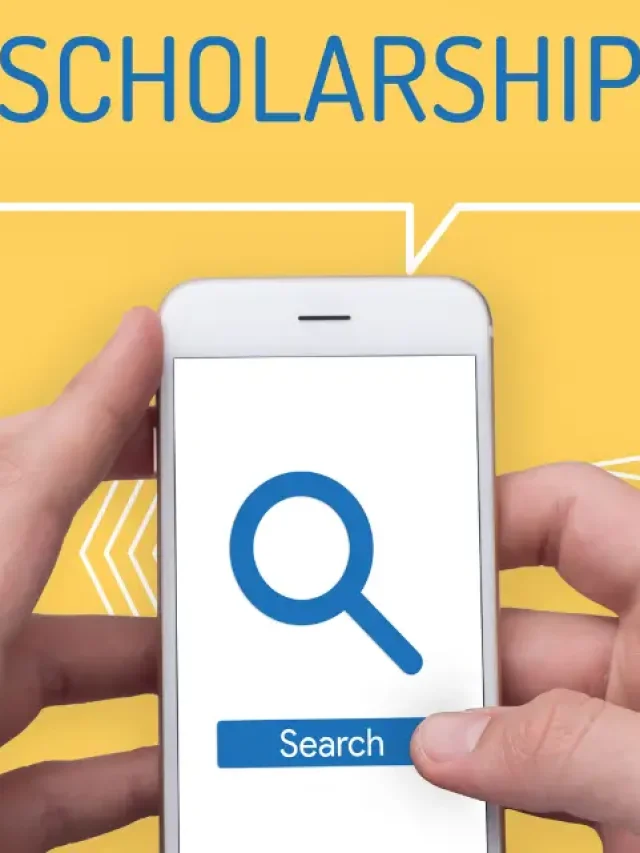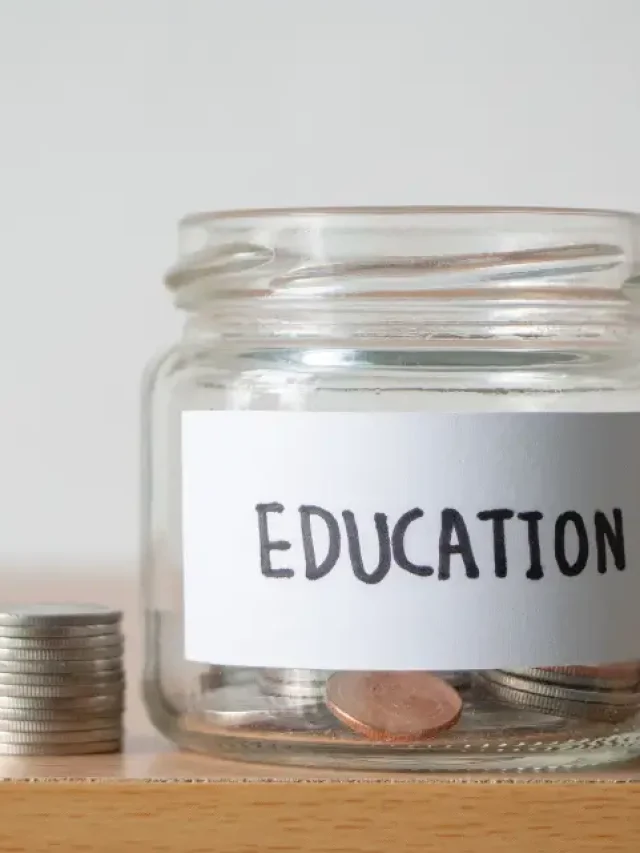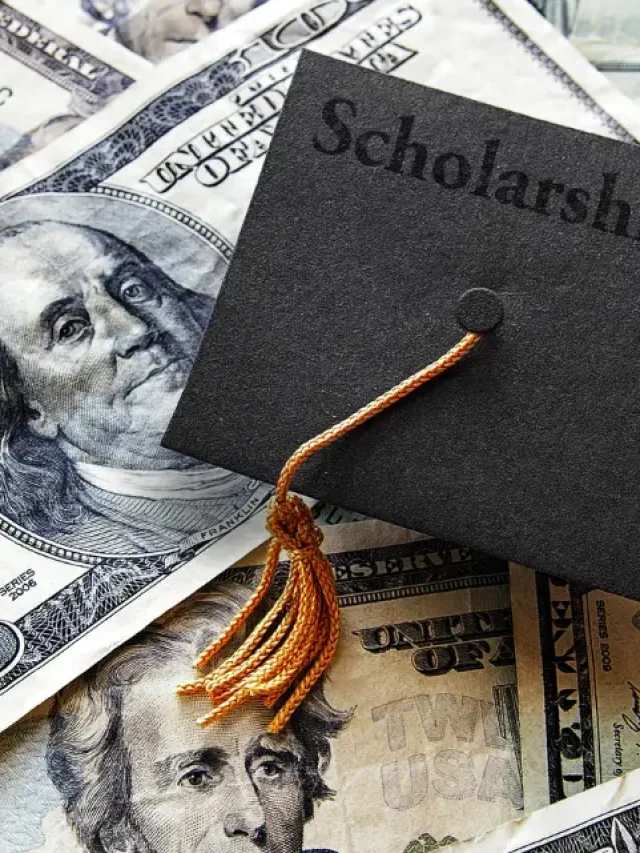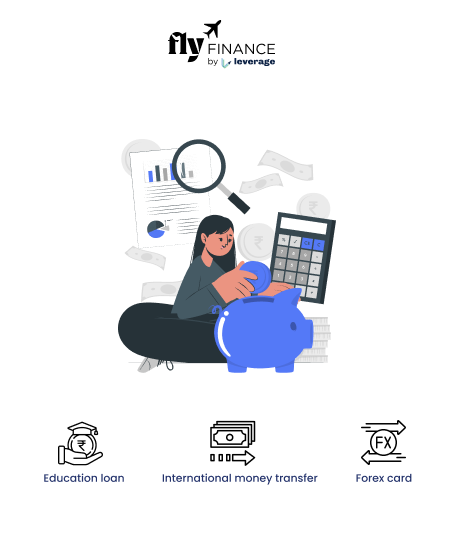To ensure a successful future, students today are opting for high-ranking universities. High-ranking universities in India and abroad charge a lot of fees due to the quality-driven resources and education provided to them. Many parents or students struggle to arrange sufficient amount of funds to pay for the expensive fees of universities or colleges. In case, a student is unable to get a scholarship, so loans come to the rescue. Parents or students can either opt for personal or education depending upon their needs and situation.
The article below compares personal loans vs. education loans so that you are able to weigh the pros and cons of both types of loans and make the best decision for yourself.
Table of contents
Also Read: Strategies that Will Make International Students Finance Management Easier
Difference Between Personal and Education Loans on Various Parameters
If you are struggling to choose between personal and education loans then it becomes quite important to know the differences between the two so that you are able to choose the best option for yourself. Personal loans and Education loans differ from each other on various parameters which are discussed in detail below.
Loan Tenure
The repayment period and policy differ in education and personal loans. In personal loans, the loan tenure is a maximum of 5 years and the repayment of the loan in terms of EMIs starts from the next month onwards after the loan is disbursed. On the other hand, in an education loan, the banks and NBFCs usually provide a maximum of 15 years to the borrower to repay the principal amount with interest. Also, the borrower has to start repaying once the course and moratorium period is over.
Also Read: How to Pay-Off Student Loans?
Moratorium Period
The individual opting for a personal loan does not get the advantage of a moratorium period which is not the case when it comes to education loans. Students usually get a time period of 6 months or 1 year after completing their course when they do not have to pay EMIs. If a student is able to secure a job after 6 months of completing their course then the moratorium period is of 6 months otherwise it is 1 year. However, during the moratorium period, the interest rate is charged on the principal amount. There are certain lenders that provide a concession of 0.50% to 1% on the interest rate charged during the moratorium period.
Margin Money
In the case of education loans, banks or other lending institutions usually put up a margin percentage if the amount exceeds INR 4 Lakh. When an applicant has opted to study in India the margin percentage is usually 5% whereas in the case of abroad studies the margin can go up to 15%. On the other hand, in the case of personal loans, there is no inconvenience due to margin money as the parents/students can get 100% financial aid into their bank account without going through hardship.
Guarantor & Collateral
When it comes to personal loans, banks or other financial institutions do not ask for any collateral. If the parents of the applicant have sufficient income to pay EMIs and have a good credit history then the banks usually sanction the loan. Whereas in the case of an education loan, if the applicant has taken an amount of up to INR 7.5 Lakh then there will be no collateral required. On the other hand, if the amount exceeds the applicant will be required to provide collateral and also they will need to make their parents co-applicant. When it comes to collateral it can be in the form of a life insurance policy, house property, fixed deposit, etc.
From the above information, it is quite clear that personal loans as opposed to education loans provide much more flexibility and quick approval.
Also Read: Education Loan Without Collateral
Loan Amount
The table below contains the maximum loan amount permitted by various banks under the personal loan and education loan category.
| Bank Name | Maximum Personal Loan | Maximum Education Loan |
| Federal Bank | INR 25 Lakh | INR 10 Lakh to INR 20 Lakh |
| RBL Bank | INR 20 Lakh | INR 10 Lakh to INR 20 Lakh |
| Kotak Mahindra Bank | INR 20 Lakh | INR 20 Lakh |
| Axis Bank | INR 15 Lakh | INR 75 Lakh |
| Bajaj Finserv Ltd. | INR 25 Lakh | INR 1 Crore |
| SBI | INR 20 Lakh | INR 1.5 Crore |
| HDFC Bank | Depends upon the applicant’s income and credit score | INR 20 to INR 30 Lakh |
| Tata Capital | INR 25 Lakh | INR 25 Lakh |
| ICICI Bank | INR 40 Lakh | INR 1 Crore |
| Yes Bank | INR 40 Lakh | Need-based |
| Standard Chartered Bank | INR 30 Lakh | INR 80 Lakh |
Interest Rate
The interest rates on education loans usually range between 8.30% to 20%. On the other hand, the interest rate on personal loans ranges between 10.99% and 24%. Female students usually get a concession of 0.50% on their education loan. The table below contains information related to interest rates charged by various banks on personal and education loans:
| NBFC/Bank Name | Interest Rate on Personal Loan (per annum) | Interest Rate on Education Loan (per annum) |
| Punjab National Bank | 11.40% to 16.95% | 6.90% to 9.55% |
| Tata Capital | 10.50% to 24% | 10.99% |
| RBL Bank | 14% to 23% | 14.15% to 16.15% |
| Kotak Mahindra Bank | 10.99% onwards | 12.33% to 16% |
| ICICI Bank | 10.75% to 19% | 11.25% to 11.75% |
| SBI | 11% to 14% | 6.90% to 9.30% |
| Axis Bank | 10.49% to 21% | 13.70% to 15.20% |
| HDFC Bank | 10.75% to 14.50% | 9.25% to 13.68% |
| Standard Chartered Bank | 11.49% | 7.40% to 9.40% |
| Yes Bank | 11.05% to 20.25% | 12% to 14% |
Also Read: Educational Loan Interest Rate – A Complete Guide
Tax Exemptions
Tax concessions are a great way to overcome a decrease in your income. When it comes to personal loans and education loans, tax exemptions are given to the latter on the interest part of the loan for a maximum period of 8 years. This is offered as per the Section 80E of the Income Tax Act. In the case of personal loans, there is no tax concession provided to the individual.
What is a Personal Loan?
A personal loan is disbursed in the name of the parents therefore, the responsibility to repay the loan lies on the shoulders of the parents. Credit unions, banks and other lending institutions are the most common institutions that provide personal loans. The funds borrowed under a personal loan allow the borrower flexibility to use it as per their own needs. For instance, it can used for education, vacations, weddings, home renovation, etc. For personal loans banks or other financial institutions do not ask for collateral security or put up margin money which allows the borrower to get 100% financial aid without any hassle.
What is an Education Loan?
In the case of education loans, the amount is disbursed under the name of the student due to which it becomes the student’s responsibility to repay the loan. A student needs to use the amount of education loan to pay for educational expenses. To help students achieve their goal of higher education either in India or abroad many banks and NBFCs offer education loans at competitive rates. Students are required to only start repaying the loan once the course and moratorium period are over which makes it quite convenient for them.
FAQs
Yes, a personal loan can be used for a variety of purposes which includes using it for your own or for a family member’s education.
Some of the disadvantages of taking up an education loan are:
– Some education loans might not cover all of your education-related expenses.
– You will have to start your career by carrying the burden of debt.
– If in case you default on your education loans can affect your credit score.
Personal loans have a higher interest rate as compared to education loans. Therefore, taking up an education loan instead of a personal loan will help you incur less debt.
This was everything about personal loans vs. education loans! To know more about the loan application process, and the best bank accounts for students or international money transfers, subscribe to Fly.Finance or reach out to our experts to help ease your study abroad experience.
